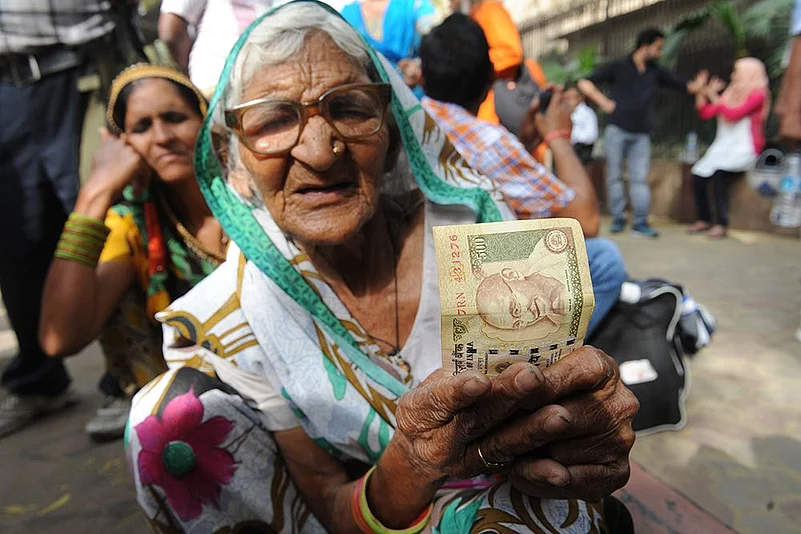Demonetisation’s adverse impact on the economy is well known. More interesting is the following question: How can a government put in place processes that ensure all decisions are taken with a full understanding of the costs and benefits associated with the policy alternatives? It takes expertise to fully work out the effects of any decision, its timing and its short-term and long-term effects. The costs and benefits need to be considered before any measures, big or small, are undertaken. The final decision must, of course, be taken by politicians voted into positions of responsibility—the best judge of what needs to be done, in touch with voters, and accountable to the public. Technical experts can only help inform them in the process of decision-making.
The first step before taking any policy measure is to assess the intended objectives. They should be clearly stated. For instance, if a policy measure is aimed at eliminating black money, it should be clear whether it is the flow of income on which tax has been evaded that is sought to be reduced, or the stock of tax-evaded cash. Objectives should be announced, so as to avoid shifting of goal posts.
The second step is to examine the various policy options that can help achieve the stated objective. For each policy measure, we should work out effectiveness, costs and benefits, capacity and costs of implementation. Often, some costs and benefits may be difficult to give a monetary value to. Even then, it is important to write a paper and discuss it widely. Though cost-benefit analysis is not easy, having a picture, even if imperfect, can help one understand whether an objective can be achieved by imposing less pain. The very process of doing a cost-benefit analysis clears the mind.
The world is a complex place, and diversity of viewpoints is valuable. Hence, it is important to involve as many stakeholders as possible and to widely discuss various options and take feedback.
Third, the decision about which policy measure entails the least cost and maximum net benefit to society requires an understanding of the government’s implementation capacity. Again, this requires taking into confidence those who are required to implement the decision. For example, some of the pain of demonetisation was about capacity constraints of banks that had to exchange the old notes. A thorough cost-benefit analysis would have thought about the man-hours required in exchanging notes.
Fourth, an economy is a dynamic mechanism with many moving parts. It is, therefore, not enough to think of a policy measure as one that can be taken at any point of time. The business cycle can be in an upswing or downswing, the month determines whether it is a busy or lean season, whether crop sowing, the wedding season or Diwali is a consideration or not, whether the next policy measure (in this case, GST) would relieve the costs of this policy or intensify them. The costs and benefits of a policy measure can change if the time chosen to implement it can be moved.
Sometimes governments are in a situation where immediate decisions need to be taken. For instance, where the Lehman crisis hit India, policy-makers had to respond to the tightness in the money market and the trouble mutual funds suddenly found themselves in. In situations like that, a cost-benefit analysis may be done later to learn from the experience. However, there are other situations, as in the case of demonetisation, when the decision is taken without an external shock and thus a lack of urgency. In this case, the option of a thorough technical study that does a cost-benefit analysis prior to implementation is available.
Even after a cost-benefit analysis, the government may still have decided to take the measure. However, the frequent changes in implementation, the difficulties in banks, the shortages of currency and so on could then have been avoided as these were not necessary elements of a policy meant to address black money or any other stated objective.
One reason why the government is said to have not involved the RBI or other policy-makers is supposed to be the secrecy required. Now that the PM has set up a PM Economic Advisory Council (PMEAC) of his trusted economists, he could put in place a mechanism whereby the council is required to do a cost-benefit analysis for objectives chosen by the government. Dr C. Rangarajan, as chairman of the PMEAC, played this role in the previous government. Today’s PMEAC can now play a similar role.
(The writer is a professor at the National Institute of Public Finance and Policy.)
















